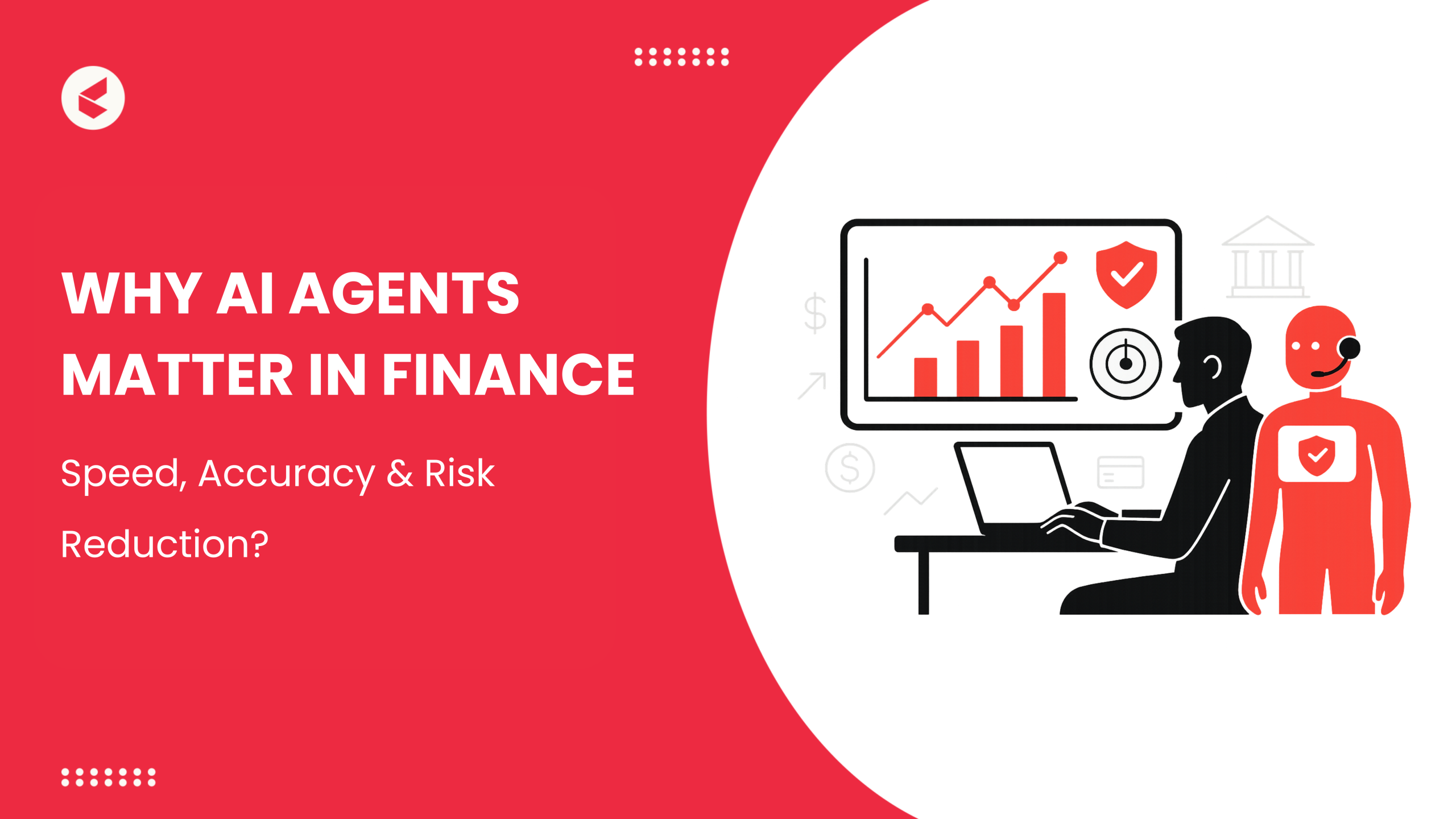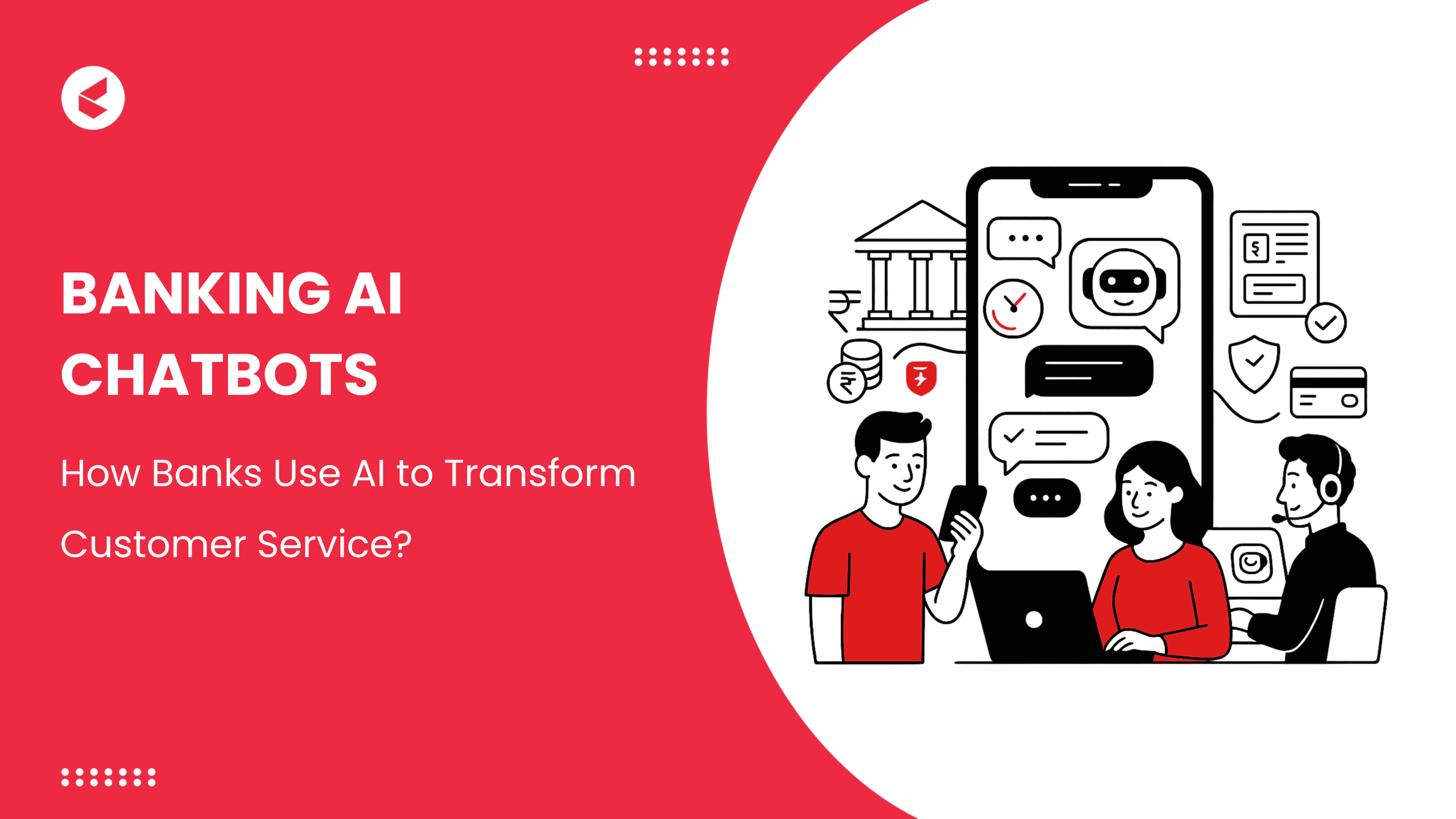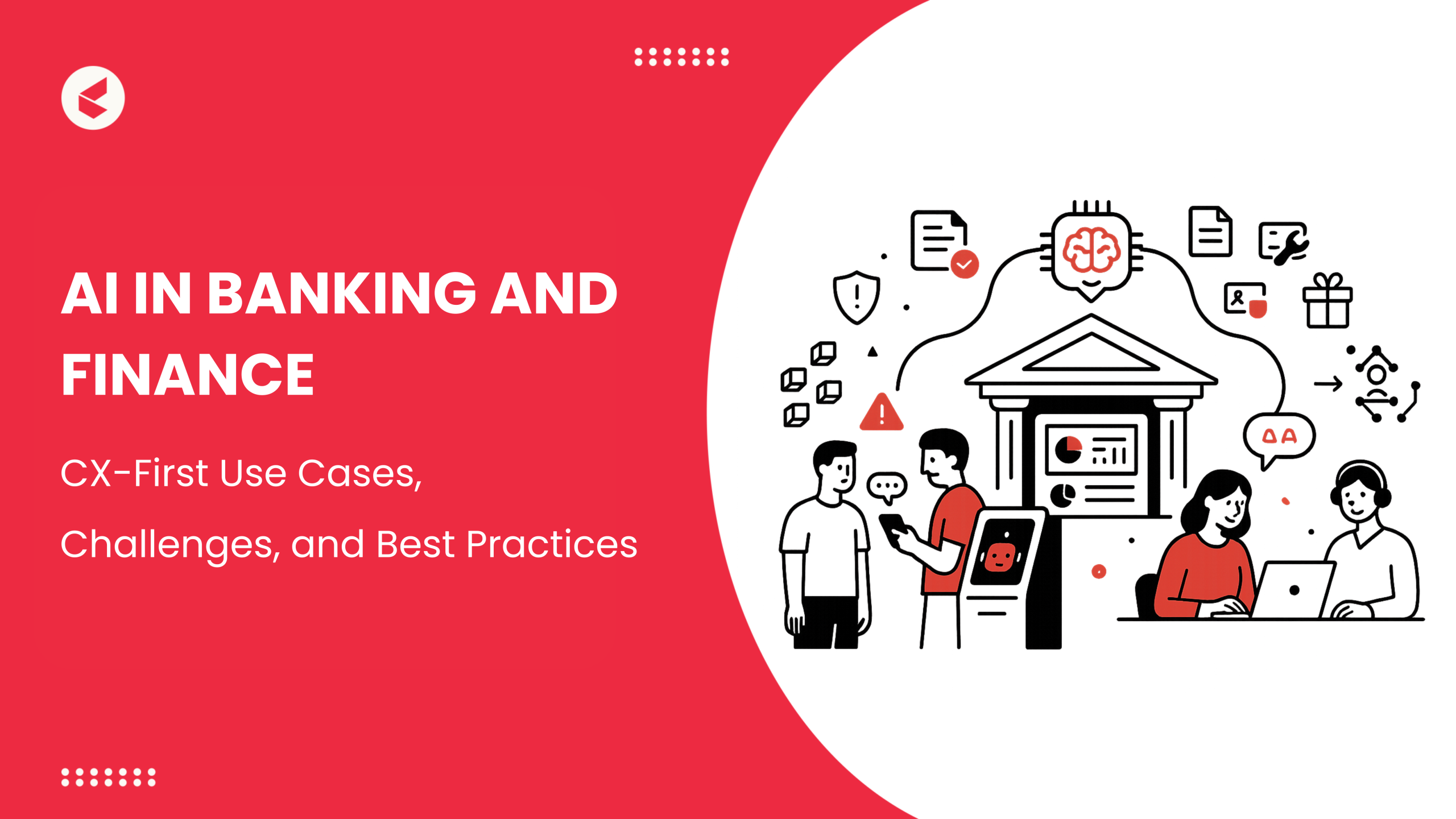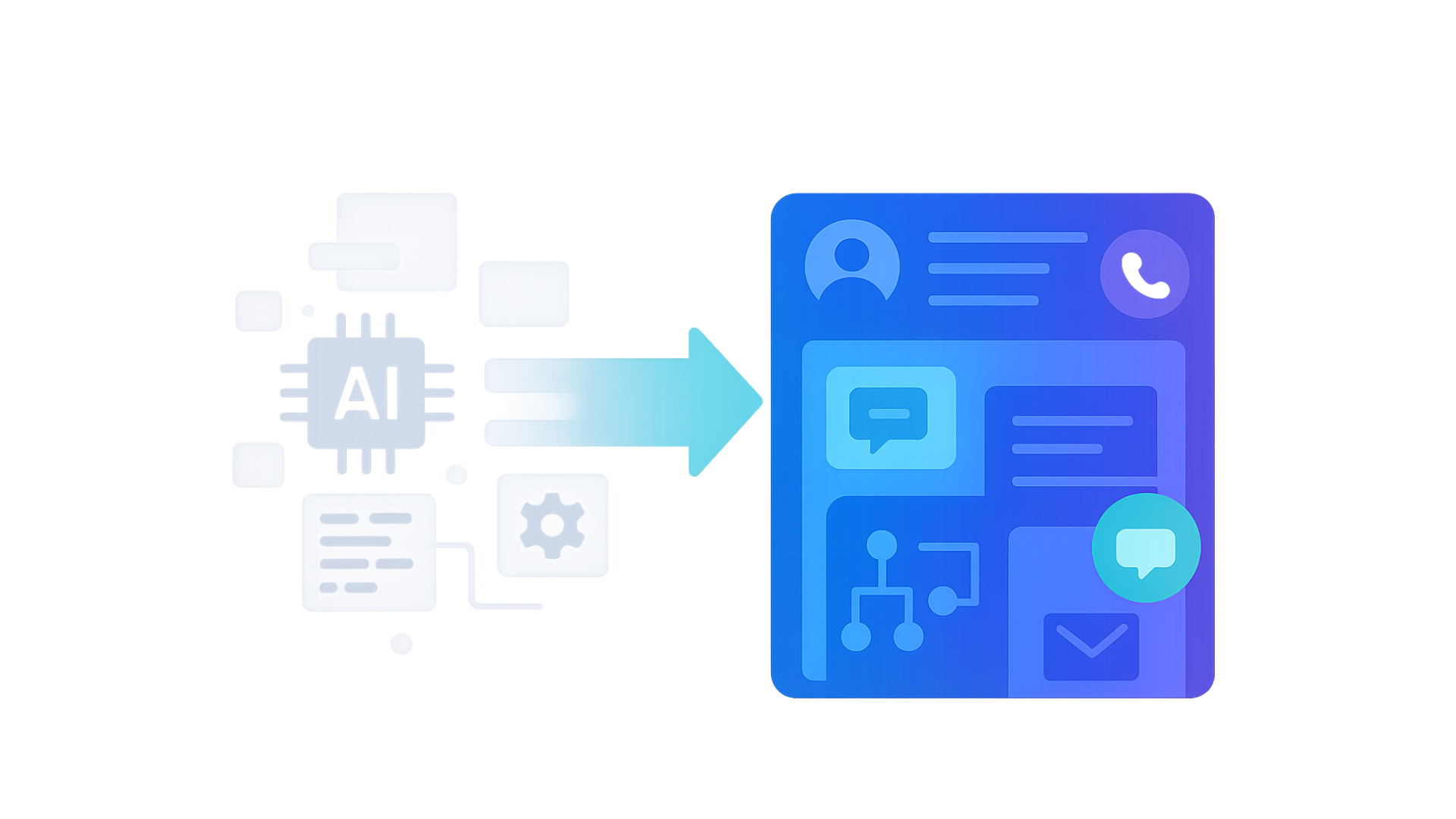Customer experience (CX) has become a significant differentiator for modern businesses. In fact, the share of companies that compete mainly on CX has more than doubled in the past decade, jumping from 36% in 2010 (Forbes) to nearly 81% today (SuperOffice).
The fact is, customers remember how they were treated long after they forget what they paid.
Delivering that level of service at scale is definitely expensive. AI promises to narrow down the gap between rising expectations and finite budgets. However, more often, AI bills grow faster than the business. It starts with over-provisioned infrastructure, scattered tool subscriptions, and maintenance costs that quickly add up.
The real question is: how do you scale AI’s brainpower without scaling your expenses at the same pace?
This blog is your playbook for making that happen. Balancing design and observability to keep AI in CX efficient and ROI-positive instead of becoming a runaway expense.
The Hidden Costs of CX AI
When companies talk about AI in CX, the conversation usually revolves around innovation and speed. But behind the scenes, AI can quietly rack up costs that do not always appear on the balance sheet until they are too big to ignore.
The expenses are operational, technical, and human overhead that come with running powerful language models. These include:
1. Infrastructure and Inference Costs
Large language models like GPT-4 are incredibly capable, but also compute-hungry. Every request to these models comes with inference costs, and when usage spikes, so do the bills.
In cloud environments, AI workloads have already been linked to a roughly 30% increase in computing expenses (CloudZero). This is why enterprises are increasingly evaluating next-generation options like quantum computing platform, which promises to handle certain high-intensity workloads more efficiently in the future.
For a midsize SaaS company handling AI training on 10TB of customer data daily, AWS S3 storage alone can cost more than $25,000 per month, and that is before you even factor in compute time for inference.
2. Inefficient Prompts and API Calls
Small inefficiencies in prompt design can snowball into huge bills. Over-tokenized prompts, redundant API calls, and excessive context windows can inflate costs without delivering better results. Without proper monitoring, you could be paying more for each response than it’s worth.
3. Unmonitored Agents and Tools
In many organizations, AI adoption starts with small experiments, until those experiments multiply into a web of untracked services.
One SaaS company uncovered $280,000 in monthly cloud costs from 23 undocumented AI tools running in the background (CloudZero). This “shadow AI” wastes money and also creates security and compliance risks.
4. The Retraining Trap
Without proper version control or model reuse, teams often retrain AI from scratch for similar tasks. That means repeating expensive compute cycles of rebuilding datasets and re-running pipelines when a smarter approach would be to refine and reuse existing models.
5. Human Oversight Isn’t Exactly Free
AI hallucinations and compliance checks still require human review. This oversight, which is often underestimated, adds labor costs that scale alongside your AI usage. And if your data preprocessing relies on complex ETL (Extract, Transform, Load) pipelines, there is another layer of hidden cost in engineering time and infrastructure.
Principles of AI Cost Optimization
Treat AI like any other enterprise platform: design for fit, reuse what works, and measure everything. Given below are the key principles that keep your AI in CX expenses in check.
1. Right-size the Model
Most CX work is pattern-based: FAQs, status checks, triage. Let lean Small Language Models (or fine-tuned vertical models) handle that bulk and reserve heavyweight LLMs for the truly nuanced edge cases.
Put a routing layer in front: detect intent, set confidence thresholds, and escalate only when the smaller model can’t answer. You will cut inference costs and latency while improving predictability.
2. Design Prompts that Don’t Waste Tokens
Prompts are product surface area, thus treat them that way. Use concise instructions, structured outputs, and retrieval for context instead of stuffing long histories.
Make prompts modular (header, data injection, output schema) so teams can reuse components rather than rewriting from scratch. Add idempotency keys or caching to prevent duplicate calls, and avoid verbosity settings that balloon tokens without adding clarity.
3. Build for Reuse Across the Stack
Stop cloning agents per team. Create a shared prompt library, common function/tool catalogs, and a unified knowledge base that serves support and marketing alike.
Centralize intent detection to ensure all channels consistently route to the most cost-effective path. Reuse training artifacts and evaluation sets so improvements in one area automatically uplift others.
4. Make Observability and Governance Non-negotiable
If you can’t see it, you can’t save it. Instrument every interaction: log model version, how many tokens it processed, how long it took to respond, and final outcome.
Track customer experience metrics (CSAT, deflection, first response time) alongside unit economics like inference cost per resolution and cost per contained ticket. Add budgets and audit trails for prompt and policy changes. Version prompts like code, A/B test them, and roll back fast when regressions appear.
5. Verticalize Where it Counts
Domain-aware agents (grounded in your industry knowledge and product catalog) require fewer guardrails and less prompt gymnastics. Train once on sector-specific data and reuse across multiple use cases (support, onboarding, upsell).
Verticalized foundations trim experimentation cycles and make outcomes more reliable, which quietly lowers both compute and human oversight costs.
Right-sized models, smart prompt discipline, shared components, and rigorous telemetry create a flywheel of fewer escalations and clearer ROI. Do this well, and you will scale customer intelligence without scaling your spend.
From Fragmentation to Orchestration
An AI orchestration layer fixes this by acting as a central control system. It links all your AI channels (chat, voice, and agent-assist), so they share the same prompts and knowledge base. It also decides which model to use for each task and helps you get the best balance of cost and accuracy.
With orchestration in place, you can set rules for cost-tiered decisions. For example, use a voice AI with a smaller, cheaper model for routine requests, and reserve advanced LLMs with human backup for complex or sensitive cases.
The result is deliberate intelligence. You spend big only when it matters and keep everyday interactions lean and efficient. Instead of an ever-growing pile of AI tools, you get a unified system that delivers consistent experiences, without draining your budget.
How Kapture CX Optimizes AI Cost Without Compromising Outcomes?
Kapture CX is designed to scale intelligence while keeping budgets in check. With the capabilities mentioned below, Kapture CX keeps AI powerful and helps enterprises grow customer intelligence without letting expenses run unchecked.
- AI Agent Orchestration: A unified architecture to manage all AI touchpoints under one system. Eliminates the need for redundant tools and ensures consistent quality.
- Model Tiering and Routing: Automatically directs queries to the right model. Smaller, fine-tuned models handle common requests, while complex cases are escalated to advanced LLMs with human fallback.
- Prompt Efficiency Tools: Modular prompt libraries and token optimization reduce overuse of compute resources. Teams can reuse proven prompts across agents instead of rebuilding from scratch.
- Observability and Total Cost of Ownership Dashboards: Real-time tracking of cost per resolution, inference time, fallback rates, etc., helps identify inefficiencies before they become expensive.
- Vertical AI Agents: Pre-trained for BFSI, retail, and travel industries. Reduces the need for costly, from-scratch model training while accelerating deployment.
Scale AI in CX Without the Budget Bloat
Short-term solutions like smaller teams or restricted channels are insufficient to reduce CX costs. A more profound structural change is made possible by AI, where each incoming query is promptly sent to the appropriate location, and the volume of tickets is reduced by proactive issue detection. This effectiveness maximizes staffing without breaking the bank and speeds up resolution times.
Businesses can make this transition with the help of Kapture CX, which combines cost-effectiveness with the kind of service that customers remember. Deflect up to 90% of queries with AI-powered self-serve options and speed up resolutions by 70% with its AI service suite.
Ready to scale your AI and not your infra bills? Let’s talk.
FAQs
It’s often not the model fees. The real drain comes from duplicated tools, poorly designed prompts, and cloud usage that no one is actively tracking.
Orchestration sends each query to the model that can handle it most efficiently, while keeping all prompts and knowledge in one place. This means better consistency and lower costs.
Yes. In most cases, smaller models can resolve everyday questions, so you only use advanced models when the problem truly requires them.













